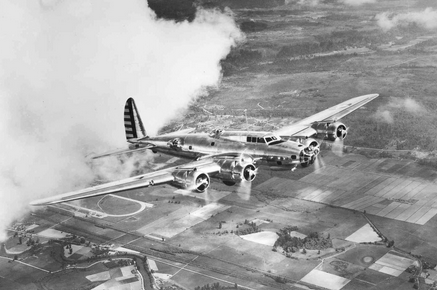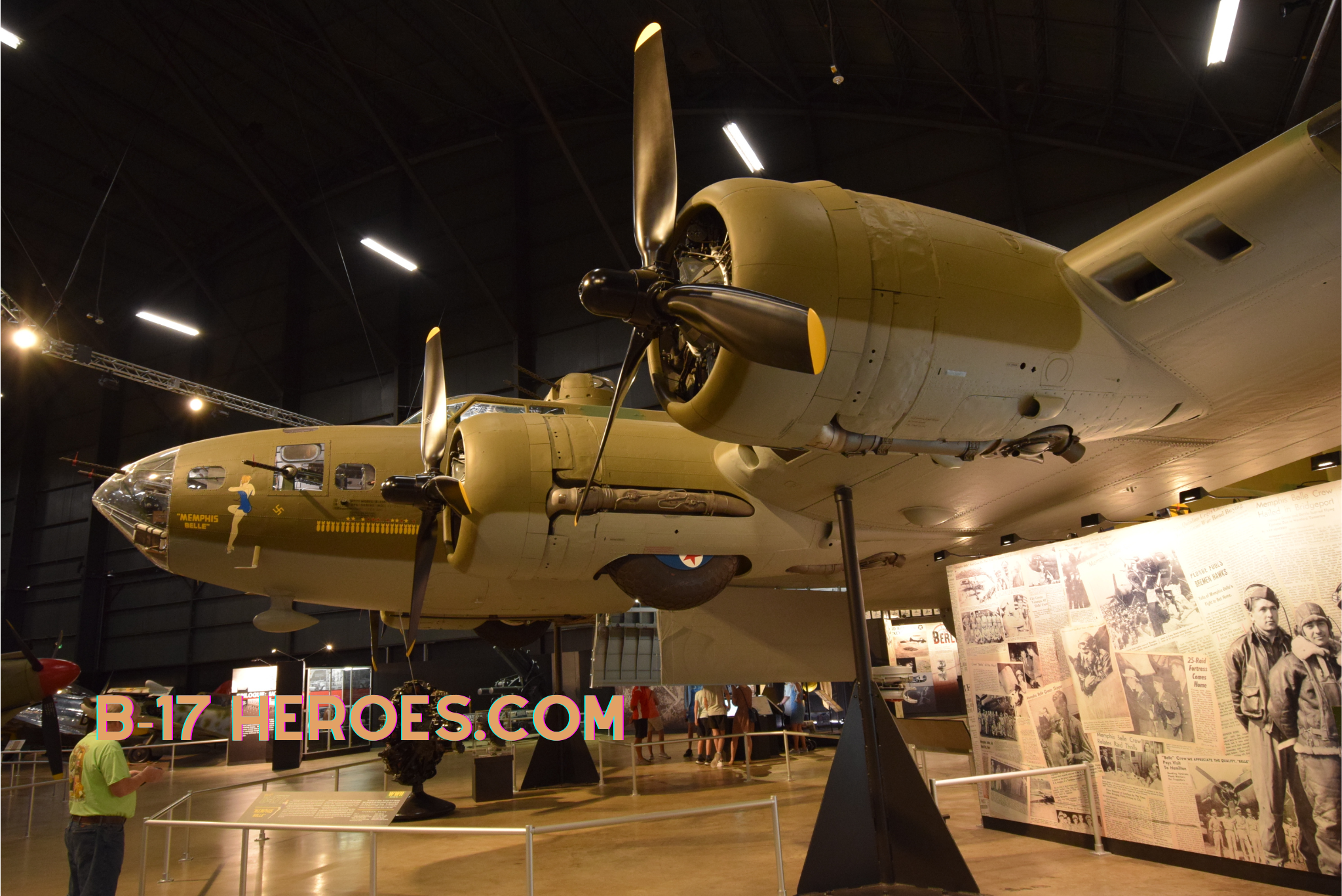In April 1943, the Eighth Air Force conducted a series of bombing missions targeting various German and Axis-occupied locations. These operations often involved B-17 Flying Fortress and B-24 Liberator heavy bombers, escorted by P-47 Thunderbolt or P-38 Lightning fighters. The missions listed previously had different objectives, which are expanded upon below:
– Renault factory in Boulogne-Billancourt, France (Mission 45, April 4): This mission aimed to disrupt the production of military vehicles for the German war effort, damaging the factory and reducing Germany’s access to supplies and resources.
– Antwerp docks and marshaling yards, Belgium (Missions 46 & 53, April 5 and April 27): These missions targeted Antwerp’s dock facilities and railway yards, with the goal of crippling German transportation networks and preventing the movement of troops and supplies.
– German U-boat base in Lorient, France (Mission 48, April 16): This mission aimed to weaken Germany’s naval capabilities by targeting the submarine base at Lorient, which was a key facility for the production and repair of U-boats.
– Focke-Wulf factory in Bremen, Germany (Missions 49, 50, and 51, April 17, 20, and 21): These missions focused on attacking the Focke-Wulf aircraft factory, which was responsible for producing the FW 190, a crucial German fighter aircraft. By damaging the factory, the Eighth Air Force sought to reduce Germany’s airpower and hinder its ability to counter Allied bombing raids.
– Port of Wilhelmshaven, Germany (Mission 52, April 22): This mission targeted shipyards and harbor installations in Wilhelmshaven, aiming to disrupt the German naval infrastructure and limit its ability to wage war at sea.
During this period, the Eighth Air Force also conducted other smaller missions, such as fighter sweeps and reconnaissance flights. These operations aimed to gather intelligence, suppress enemy fighters, and protect the heavy bombers during their missions.
The bombing missions carried out by the Eighth Air Force in April 1943 were part of a larger strategic bombing campaign that continued throughout World War II. This campaign aimed to weaken Germany’s military and industrial capabilities, paving the way for the eventual Allied victory in Europe.





